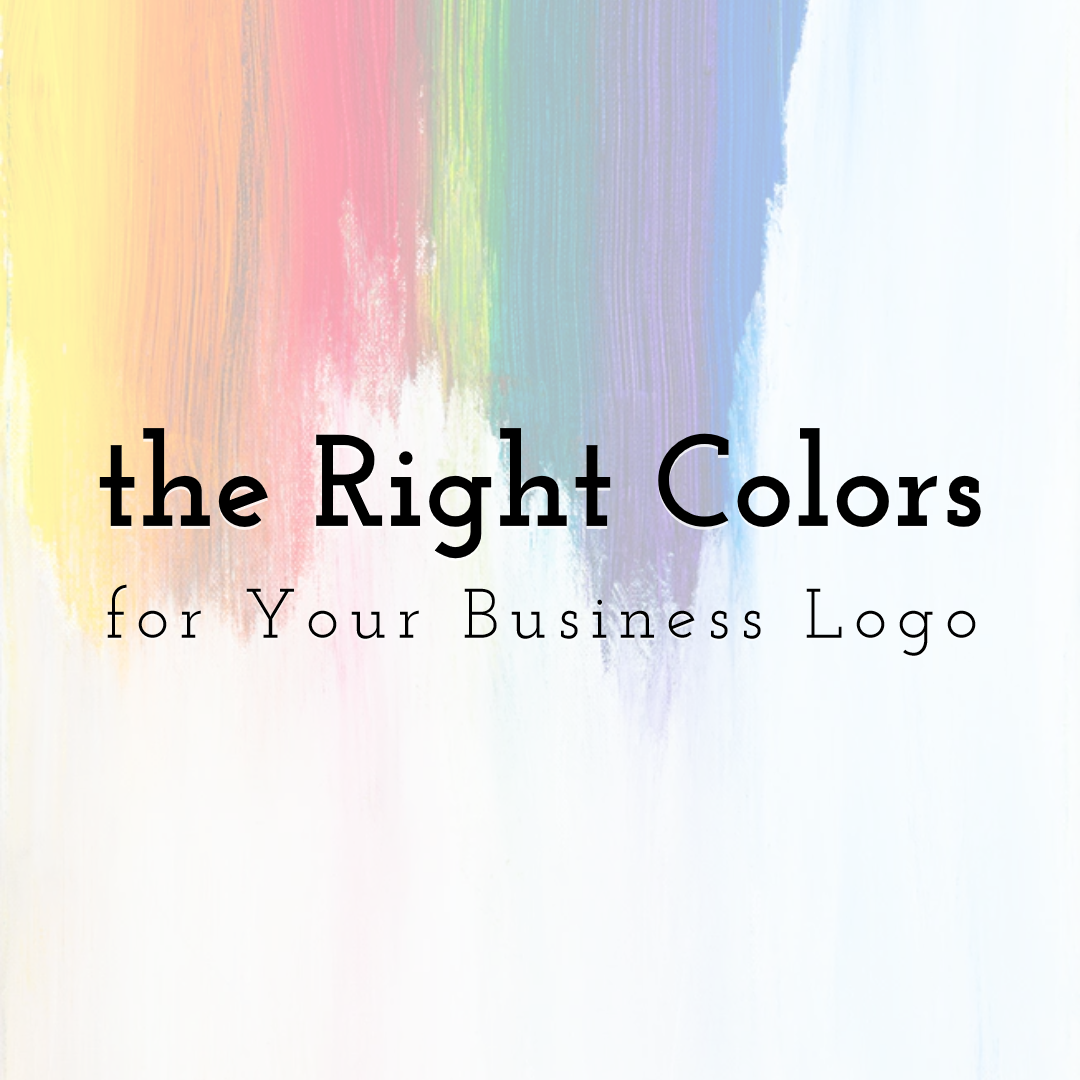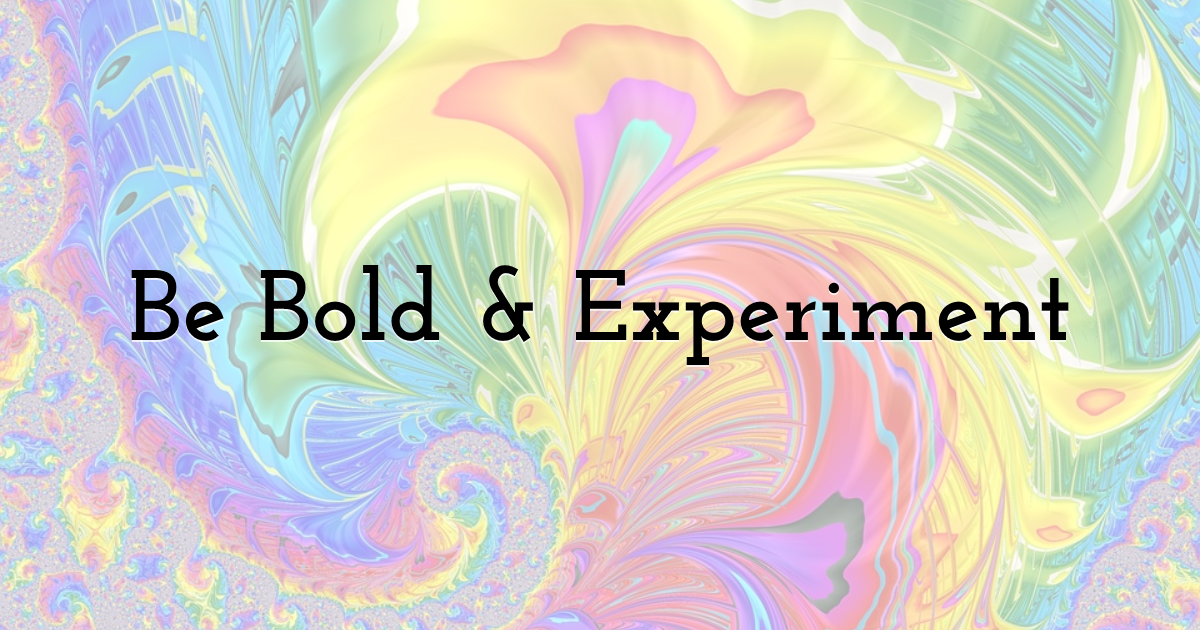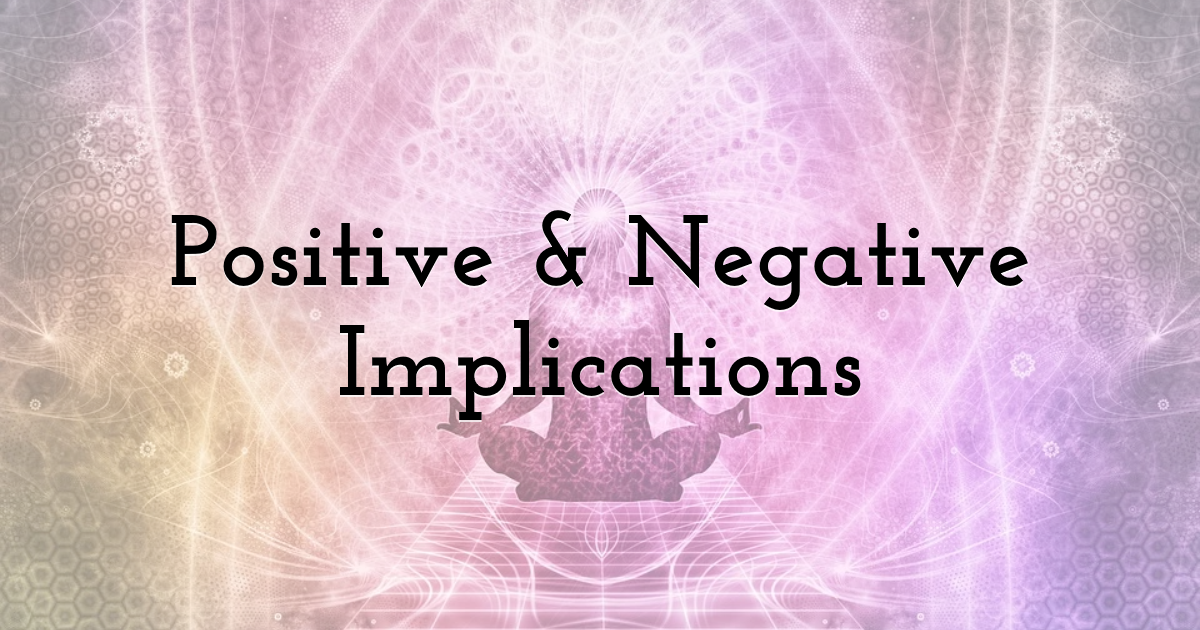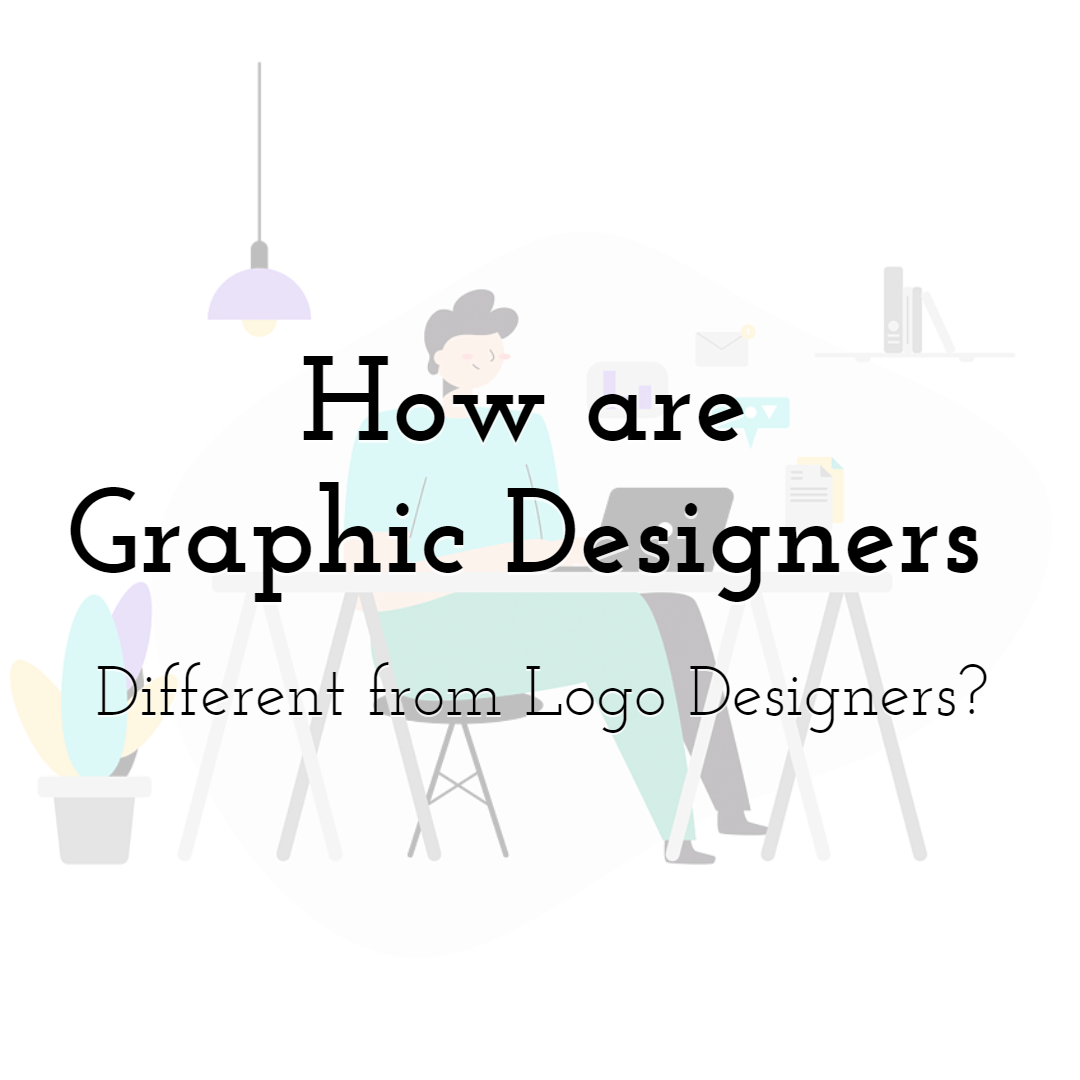How to Choose the Right Colors for Your Business Logo
The human eye is always in search of aesthetics, something that feels pleasant to the eye. What could better aesthetics be other than that nature provides? Nature is full of colors; millions of shades of colors that are attractive to the eyes.
Colors play an essential role in human psychology. It evokes emotions, reactions, and feelings. This psychology could be beneficial in establishing contents and designs in creative design and graphic designing.

Design your own brand identity
with PixTeller
online logo maker tool & free animated logo editor.
The use of colors in design has a magnetic effect on human eyes that entices them and enables them to associate certain feelings and memories. The use of color is the primary cause of brand association with specific colors such as Cadbury with purple, Mc Donald's with yellow, etc. Designers use colors to make their items or brands stand out from their competitors and rivals, increasing customer traffic.
However, the use of any color might sometimes make a logo look hideous; therefore, every product has its resemblance with specific colors depending on their motto, their product, service, and many other factors.
Each color has its own qualities; the blue represents calmness, whereas it is also used in expressing the emanation of the emotion of sadness. In conclusion, it is proven that the appropriate use of colors in the design and representation of brands is essential for the attraction of customers and advertisement of appealing products.
According to FullStop, a logo design company, more than 85% of the consumers are inspired by the colors when going for some product or service.
92% of consumers agree that visual appearances do influence their overall choices. Your logo is the first thing that represents your brand or company. Thus, it is of utmost importance that the colors used in the logo design for your business should be able to create a striking effect on your targeted audience.
So, how to choose the right colors for your business logo? To assist you in this choice, we have listed below a few tips that will help you select the color that speaks up for your brand while having the power to stay in people's minds.
Stick to Your Brand's Objective

Famous brands like Coca-Cola and Virgin didn't come up with the colors in a fluke. For Virgin, Richard Branson chose the red color because it expresses a dynamic, bold, and vibrant approach.
This is how he wanted his customers to feel – bold, confident, and passionate. This was quite a direct approach reflected in his customers and thus generated a loyal customer list. This same method and concept have been adopted by Coca-Cola, whose choice of a vibrant red represents energy, memorable moments, and life itself.
Sticking to your brand's objective and goals enables you to touch a chord with your targeted audience, and you can work on the colors that truly represent the idea behind your brand.
Psychological Approach
Colors express concepts. This notion has been demonstrated time and again. The same approach is applied when it comes to specific industries. For instance, the color blue is used to express intelligence, freedom, and evolution. Thus, many famous tech companies and other brands have a blue logo. Whether it is IBM, HP, Facebook, or Intel, they all use the color blue. Similarly, Ford also has a blue logo to reflect progress and change.
You must approach the colors psychologically when you are choosing the colors for your brand. Why? Because it will help you mirror the emotions and feelings you want to elicit from your customer.
Let's say you want your brand to draw out the feelings of energy and excitement, go for bold and bright colors like red, yellow like Nikon, or orange-like Fanta. Purple is associated with happiness and warmth like Cadbury and Hallmark. The more subtle, soothing, and tranquil effects, go for pastels and colors inspired by nature like blues and greens.
Be Bold & Experiment

Usually, it is best to stick to a single or two colors at the maximum. However, if you want to create a buzz about your brand – then experiment! It's risky but worth it if it can get you the revenue that you desire.
Want an example? Take Google! A deadly combination of colors – that crosses the edge of even three colors. However, for Google's logo, it worked, and we automatically think of varied color palettes along with the concept of diversity, universality, and worldwide acceptance.
It is a proven fact that different colors have a different impact on people. Though it is not recommended to try as many colors as Google, you can definitely experiment with at least three colors to come up with a unique and impressive color scheme for your logo design that truly reflects its core concept.
Positive & Negative Implications

Every color has a dualistic nature, and it can have opposite effects on different people. If it evokes a positive emotion in one person, it can have an entirely negative effect on the other that can harm your brand instead of benefiting it.
Though, some companies get away with the negative emotions and turn them into their favor. An excellent example of this kind of marketing was Christian Dior's perfume, "Poison." Though its greenish-black color was everything about negativity, its deadly dangerous impression was what the company played with, and the risk paid off.
However, it was extremely risky marketing that could have backfired entirely, but it was after Christian Dior – the new brands and start-ups can't afford to take such risks, and so you should not go for such marketing.
Final Words
While choosing colors, keep in mind your audience and their cultural association. A color like yellow that may evoke feelings of freshness or boldness can invoke dread and depression in another culture. For instance, the color black is the most controversial as it represents both formalities, and it is also a color of grief.
So, when you are choosing a color for your logo design, keep the cultural aspect in mind and conduct thorough research before settling for it.
There are whole psychology and study behind the colors. You need to research, experiment, create a mood board, and understand your logo's feelings when you want to choose the right colors for your logo design.
Until next time, Be creative! - Pix'sTory made by James Warner
Recommended posts
-

Navigate the Pros and Cons of AI-generated images for Your Businesses
Read More › -

7 Best Chrome Extensions for Web Designers
Read More › -

How to Improve Visual Content as Your Most Important Marketing Strategy
Read More › -

The Top 15 Website Designing Software You Need to Use!
Read More › -

How Advancements in Technology Impact the Graphic Design Industry
Read More › -

How are Graphic Designers Different from Logo Designers?
Read More ›






